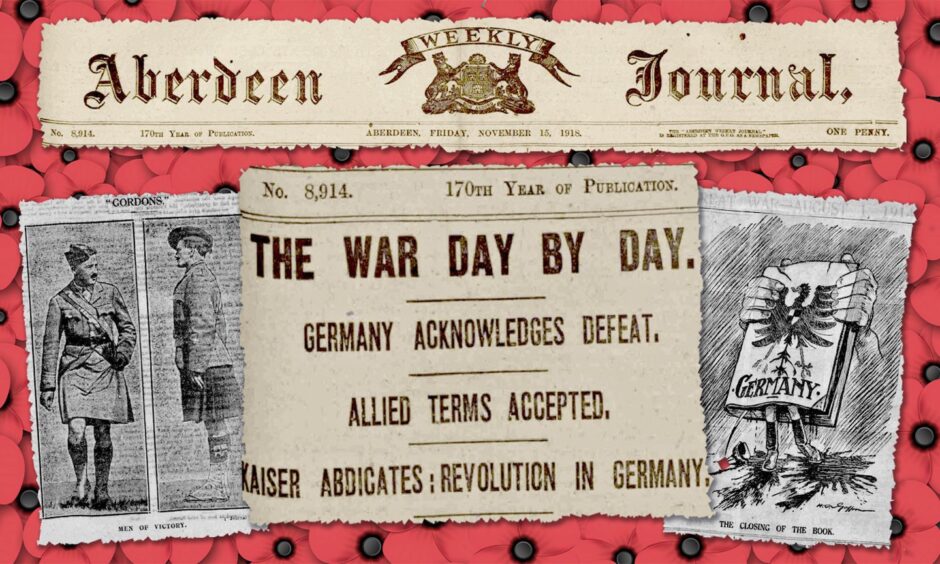
Aberdonians gathered at the offices of the Press & Journal, then in Broad Street, to hear confirmation that the Great War was finally over in 1918.
Then they decided to let their hair down.
More than 5,000 Aberdonian men had been lost in the conflict, and an estimated one in seven Invernessians.
The rate of attrition in Highland and north-east villages was even higher.
So it was against this sombre backdrop that hostilities finally ceased.
The writing had been on the wall for some time with Bulgaria surrendering on 29 September; the Ottoman Empire on 30 October and Austria-Hungary on 3 November, before finally Germany on November 11.
The Aberdeen Weekly Journal was part of the P&J stable at that time, based in Broad Street.
It was here that Aberdonians gathered to hear about the Armistice.
This photograph of crowds milling in Castlegate is the only image we can find of the day in our archives.
A reporter was dispatched to see what the reaction was in the Granite City that first Armistice Day, and gave a fulsome report.
We don’t know his name — it was more than likely a he— but this is what he saw.
“Aberdeen was joyous on Monday, and joyous on an unprecedented scale.
“The last shots in the field of battle could scarcely have died away when the glad news reached the city, which from that moment underwent a complete transformation.
“The public got its first knowledge of victory at the ‘Journal’ and ‘Express’ office, Broad Street on the stroke of 11 o’clock.
“A crowd had been waiting for over an hour, and it cheers as it read the message from the red, white and blue placard was taken up by the throng around the Townhouse in Union Street.
“The sirens of the vessels at the harbour began to shriek, the great Victoria bell in St Nicholas Tower boomed forth and so the glad tidings were broken to the citizens.
Flags hoisted at Town House as Aberdeen celebrated first Armistice Day
“The flags of the five Allies, the Union Jack in the middle, supported by the French tricolour and the Belgian ensign, and the trio flanked by the magnificent Stars and Stripes and the picturesque Italian colours- were hoisted at the Town House to the delight of the demonstrative gathering.
“Nearby, from the tower of the old Tolbooth at Lodge Walk, the Lion Rampant of the Scottish Standard— surely the bravest and most striking of all the emblems—flaunted itself proudly on the breeze.
“City and citizens literally blossomed into colour.
“Flags caught the eye everywhere.
“Bunting was flying from the tramcars, and their colours were enhanced by the flags waved by passengers, not all of whom were juveniles.
“At the highest points at all the public works the British Ensign with the Allies’ flags were unfurled.”
The celebrations naturally spilled into Union Street.
“Most young people of both sexes carried miniature Union Jacks, and girls and women sported rosettes.
“The apprentice engineers took Union Street by storm, and with the help of their confreres, celebrated the occasion with noisy joviality.
Patriotic singing
“They boarded any passing vehicle, cheered themselves hoarse, waved flags, formed themselves into processions, singing ‘Blighty’, ‘Keep the home fires burning’ ‘When the boys come marching home’ and other patriotic ditties, and maintained their own spirits and those of the crowd at a hilarious pitch.
“The undergraduates, men and women, marched from Marischal College into the centre of the scene headed by two drummers, who beat a vigorous rat-a-plan upon one big drum and one side drum.
“In their ranks were many young fellows who had done their bit, and none were more demonstrative.”
The bells of St Nicholas church rang out, and as the day went on things grew even more animated.
“It was as though a new Aberdeen had come into being,” the reporter went on.
Like the old days
“The clock face from the tower of St Nicholas shone as brightly as in in the happy days of what looked like long, long ago and was remarked upon and welcomed as only an old and almost forgotten friend could be.
“The harbour clock was already illuminated.
“Shade lights were dispensed with in shops and shopkeepers assisted to give the occasion a festive atmosphere by lighting up in a style that was positively dazzling after three or more years of gloom.
“Thus, outwardly, Aberdeen made a big stride back towards being its old pre-war self last night.”
The Boys’ Brigade joined the throng, and fireworks were set off in Union Street.
There was a run on the bakers’ shops, with barely a loaf to be had, while the grocers and others shut up shop early to join in the celebrations.
Only two pubs opened up, but they were so inundated that they too soon closed.
Aberdeen Armistice Day celebrations tired but happy to the last echo
The reporter went on: “By 11 o clock the youthful and more noisy element had gone home with its melodeons, mouth organs, monster crow-mills (note from the 21st century, does anyone know what they are?), songs and flags.
“It was very tired but still very happy to the last echo.
“Those who saw the scenes on 11th November 1918 will not readily forget them.”
The joyful scenes apparently surprised not only Aberdonians themselves, but visiting servicemen, according to the reporter.
“If they surprised Aberdeen, they also surprised its many visitors in navy blue and khaki, who had perhaps hitherto thought Scotland in general and Aberdeen in particular a bit stolid.
“These ‘boys’ entered the jollity of the occasion with right goodwill themselves.
“Some of our own lads in khaki with ‘leave up’ were doubtless sorry to leave at such a time.
The boys would soon be coming home
“As they passed along stationwards with ‘tin hat’ and all complete, they got many a handshake and a ‘haste you back’.
“That was the keynote to all the day’s ongoings- the thought that the boys would soon be coming home.”
More from our On This Day series:
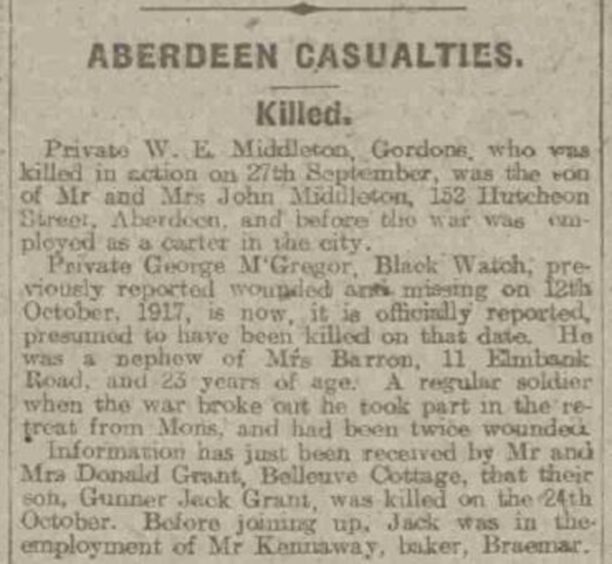
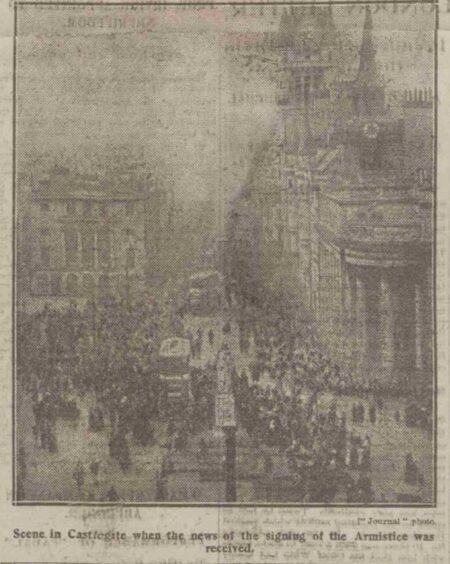
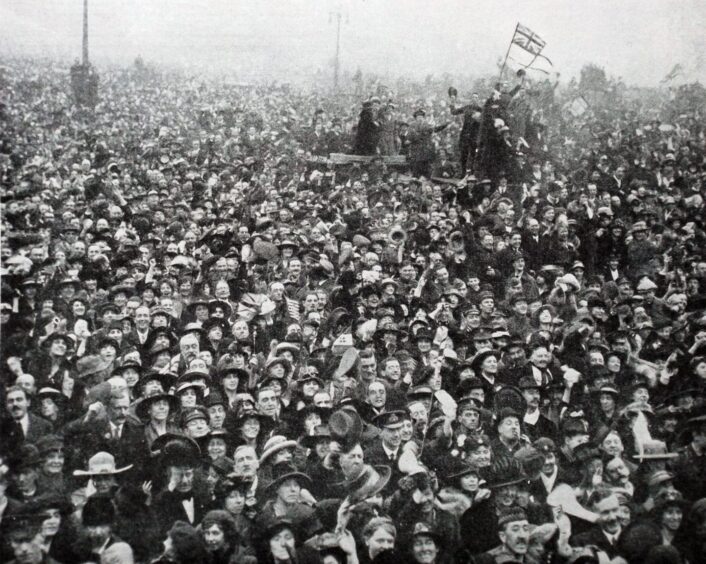
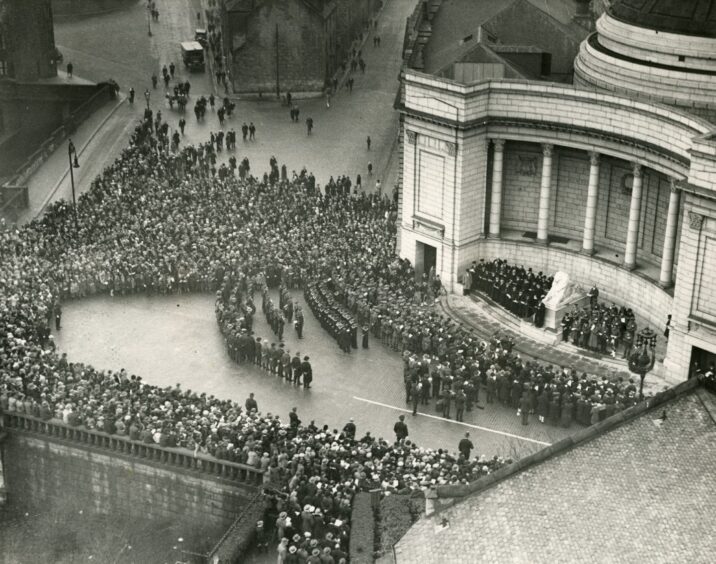
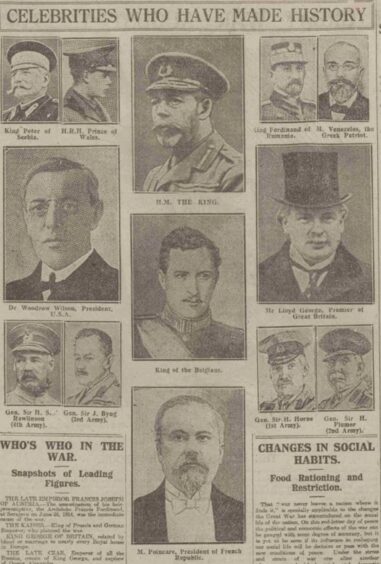
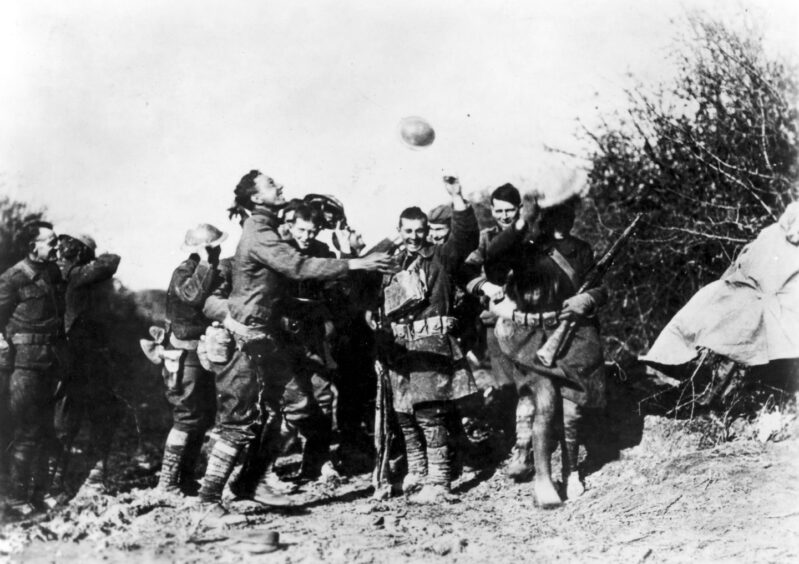
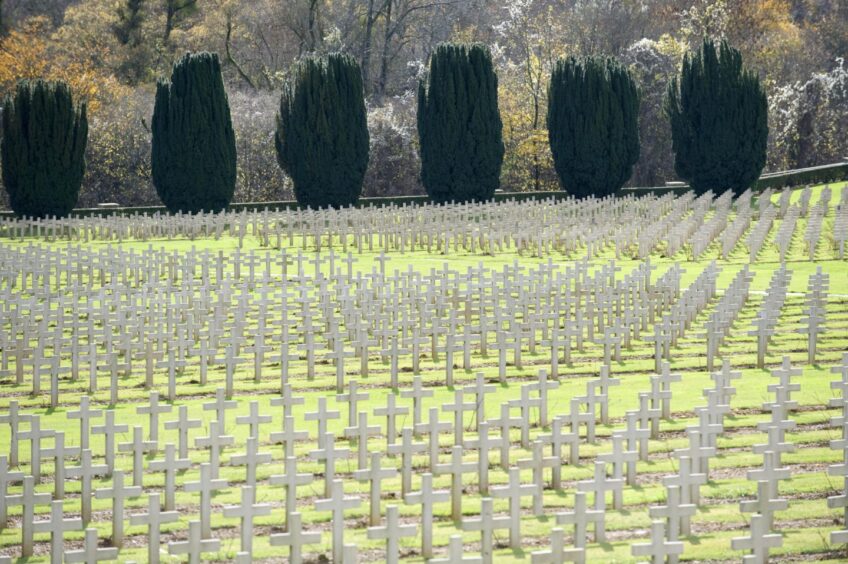
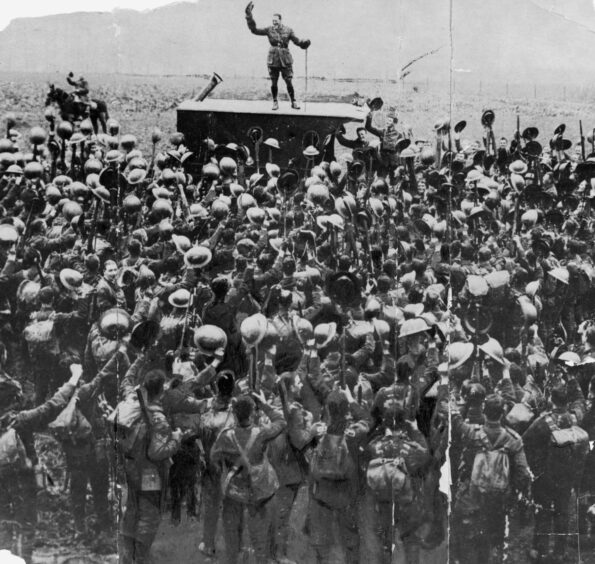


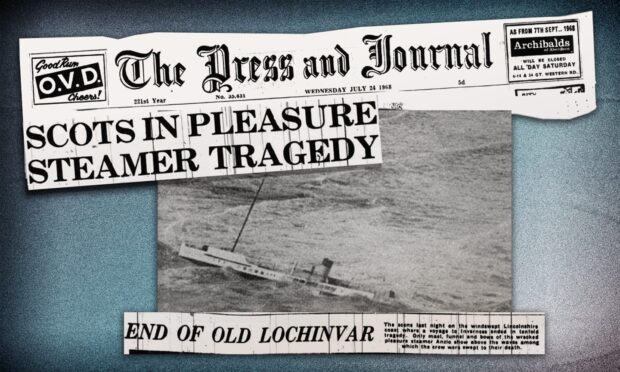
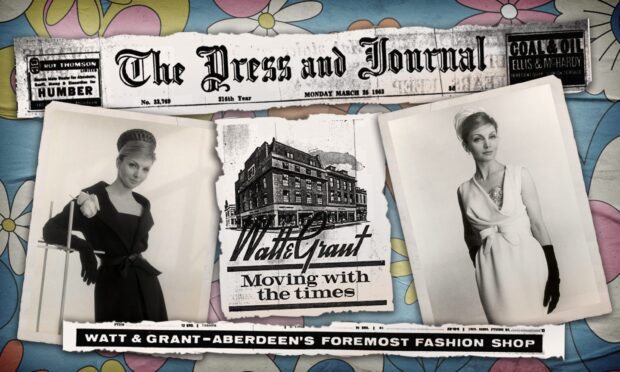
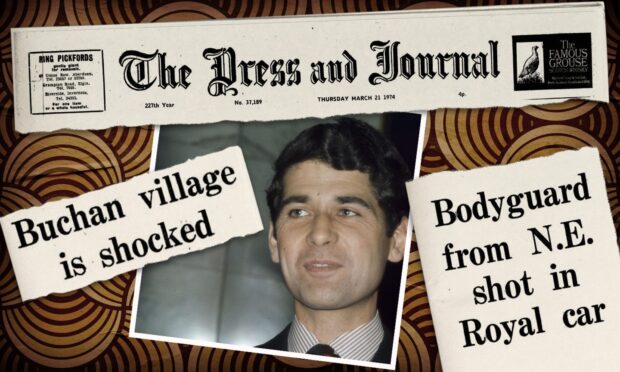
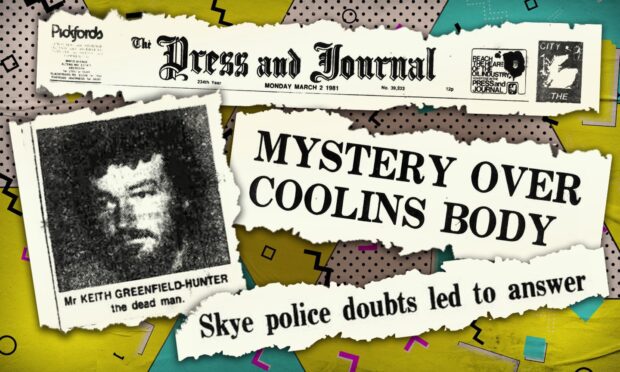
Conversation